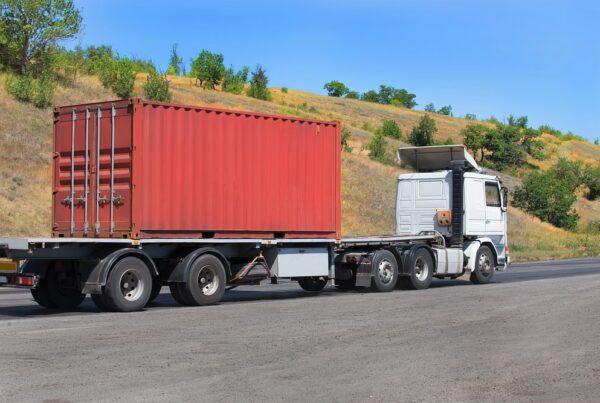As we head into Q4 2024, the logistics and transportation space is seeing big changes driven by market conditions, technology, and regulations. If you want to stay ahead of the competition and manage supply chain disruptions, here are the key insights into freight rates, driver availability, emerging tech, and more for the final quarter of 2024.
Economic Overview
The overall economy, with inflation, fluctuating fuel prices, and interest rates, is impacting the logistics space. These economic pressures are affecting freight volumes, rates, and capacity across the board. According to recent data from Transport Topics and DAT Trendlines, regions with strong retail and agricultural demand are experiencing growth in freight volumes, while other areas face challenges due to ongoing supply chain disruptions.
Freight rates are steady but the transportation space is under pressure from fuel volatility and a shrinking driver pool. Carriers are dealing with these rising operational costs while trying to keep their supply chains efficient.
Trucking Sector
Trucking is the backbone of supply chain management but has had a tough 2024. Spot rates are down 20% across all modes and reefer spot rates are down 3.6% according to DAT Trendlines. While these rate reductions benefit shippers, particularly ahead of the holiday season, they present tighter profit margins for carriers.
Driver shortage is a persistent problem that is worsened by an aging workforce and high turnover rates. And fuel prices are eating into carrier profits. As consumer demand ramps up for the holidays, supply chains will be under more pressure and companies will need to move fast to stay in operation.
Full Truckload (FTL)
In Q4 2024 FTL is seeing some ups and downs. Capacity is still tight and shippers are using their supply chain visibility tools to optimize route planning and load consolidation. According to a recent Transport Topics report, truck tonnage has continued to increase with a 0.7% year-over-year increase, reflecting changes in economic activity and freight demand. Demand has been steady but fuel price volatility is still affecting FTL carrier operating costs.
Less-Than-Truckload (LTL)
LTL rates will be steady through Q4 but carriers are dealing with more operational complexity due to supply chain disruptions. AI and predictive analytics are being more and more integrated into LTL operations to optimize routes and reduce human error. Despite this, the sector is gearing up for the e-commerce holiday rush which will put more pressure on logistics. Transport Topics highlights that online holiday spending is projected to rise in 2024, increasing stress on supply chains.
Dry Van and Reefer
Both dry van and reefer are seeing spot rate decreases, dry van rates are down 14.4% for the year, and reefer rates are down by 2.5%. The holiday season may bring more demand but carriers are still dealing with driver shortages and rising operational costs. The reefer sector will need to be agile to meet the demand for temperature-controlled freight especially in food and pharma. The aftermath of hurricane season demands an increase in these goods to the affected areas as they rebuild. In 2024 there have already been $31 billion in damages from the hurricanes and rebuilding has only just begun.
Flatbed
Flatbed rates are high with a spot rate increase of 3.6% for the year and load-to-truck rates increasing by 28.2% for the year due to strong demand from construction and industries. However, fuel price volatility and supply chain bottlenecks in raw materials are causing some disruption. Flatbed carriers are exploring digital to increase flexibility and real-time visibility across their operations to provide insights to improve efficiency during peak demand.

Demand Shifts
Several industries are driving demand in Q4 2024, retail, agriculture and manufacturing are leading the way. E-commerce will see big growth as the holiday season approaches, putting more pressure on the supply chain to deliver on time. Agricultural demand is strong in harvesting and manufacturing regions that deal with global supply chain disruptions but still support specialty freight.
Transport Topics says efficiency in freight operations is key during this time as companies that can adapt to these changes and leverage technology will be better equipped to mitigate disruptions and meet consumer demand.
Conclusion
As Q4 2024 unfolds the logistics and transportation sectors will have to navigate a complex environment of economic pressures, technological changes, and regulatory shifts. Companies that get ahead of these trends – embracing AI, machine learning, and electric trucks and staying compliant will be ready for the challenges and opportunities.
In summary, monitoring freight rates, solving driver shortages, and adopting AI is key to operational efficiency in a competitive logistics market. Companies that use predictive analytics and have real-time visibility into their supply chain will be better equipped to meet consumer demand communicate with customers and keep the goods flowing in Q4 2024.





